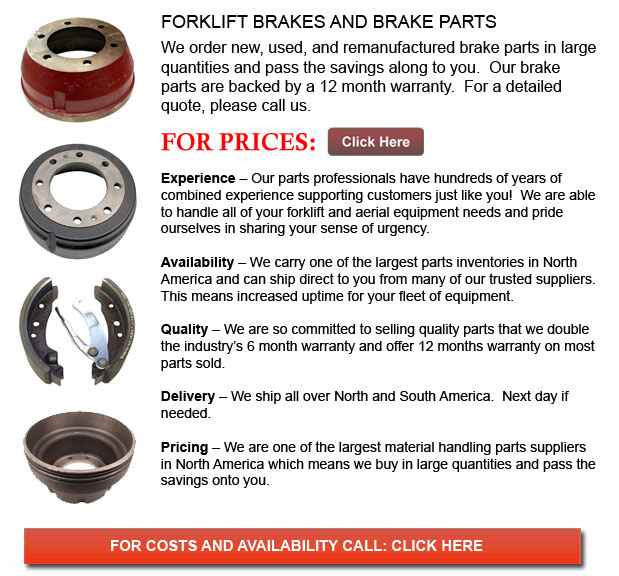
Forklift Brake - A brake drum is in which the friction is provided by the brake pads or brake shoes. The shoes or pads press up against the rotating brake drum. There are some other brake drums kinds together with particular specific differences. A "break drum" will normally refer to when either shoes or pads press onto the inner outside of the drum. A "clasp brake" is the term used to be able to describe whenever shoes press next to the exterior of the drum. One more kind of brake, called a "band brake" utilizes a flexible belt or band to wrap around the exterior of the drum. Where the drum is pinched in between two shoes, it can be known as a "pinch brake drum." Similar to a typical disc brake, these kinds of brakes are quite uncommon.
Early brake drums, prior to 1955, needed to be constantly adjusted to be able to compensate for wear of the shoe and drum. "Low pedal" can result if the required modifications are not performed satisfactorily. The vehicle could become hazardous and the brakes can become useless whenever low pedal is mixed with brake fade.
There are quite a few various Self-Adjusting systems used for braking presented these days. They can be classed into two separate categories, the RAI and RAD. RAI systems are built-in systems that help the apparatus recover from overheating. The most recognized RAI makers are Bosch, AP, Bendix and Lucas. The most well-known RAD systems comprise Bendix, Ford recovery systems, Volkswagen, VAG and AP.
The self adjusting brake would normally only engage whenever the forklift is reversing into a stop. This method of stopping is suitable for use whereby all wheels utilize brake drums. Disc brakes are used on the front wheels of vehicles today. By operating only in reverse it is less probable that the brakes would be applied while hot and the brake drums are expanded. If adapted while hot, "dragging brakes" could happen, which raises fuel intake and accelerates wear. A ratchet tool that becomes engaged as the hand brake is set is another way the self repositioning brakes could work. This means is only appropriate in applications where rear brake drums are used. If the parking or emergency brake actuator lever exceeds a certain amount of travel, the ratchet improvements an adjuster screw and the brake shoes move toward the drum.
Situated at the bottom of the drum sits the manual adjustment knob. It could be tweaked making use of the hole on the opposite side of the wheel. You will have to go underneath the vehicle along with a flathead screwdriver. It is very vital to adjust each wheel equally and to move the click wheel properly for the reason that an unequal adjustment can pull the vehicle one side during heavy braking. The most efficient method to make certain this tiresome job is completed carefully is to either lift every wheel off the ground and spin it manually while measuring how much force it takes and feeling if the shoes are dragging, or give every\each and every one the exact amount of clicks utilizing the hand and then do a road test.
![]() Click to Download the pdf
Click to Download the pdf
Forklift Parts

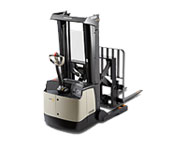
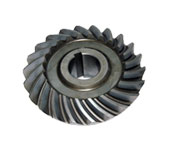

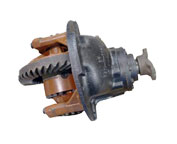
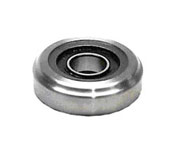
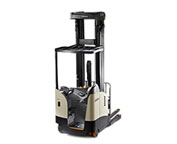

Lift Parts Express
TOLL FREE: 1-888-695-7994
LOCAL: 206-462-4986
2442 Northwest Market Street
Seattle, Washington
forkliftpartsseattle.com
Email Us
About Us


